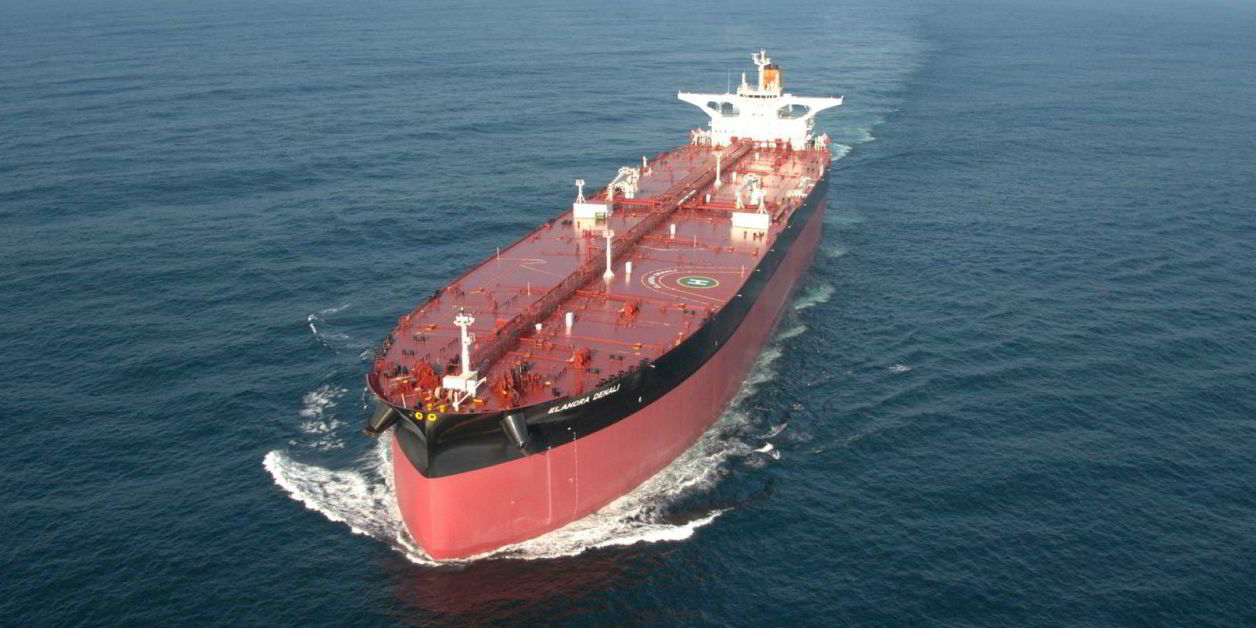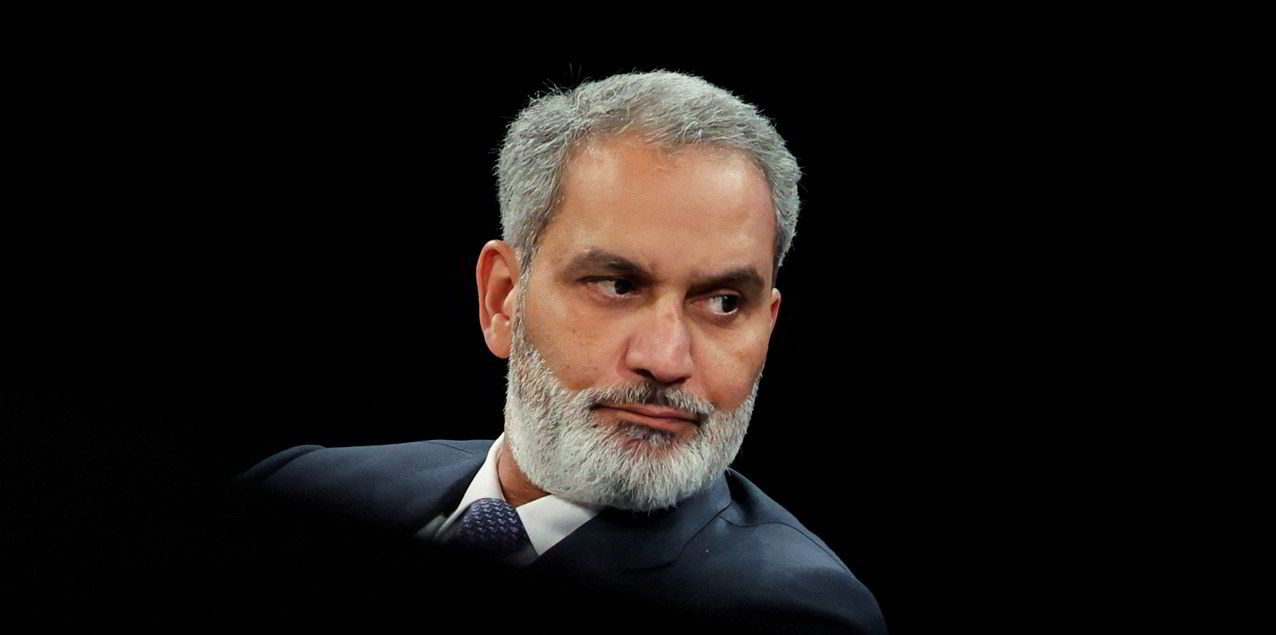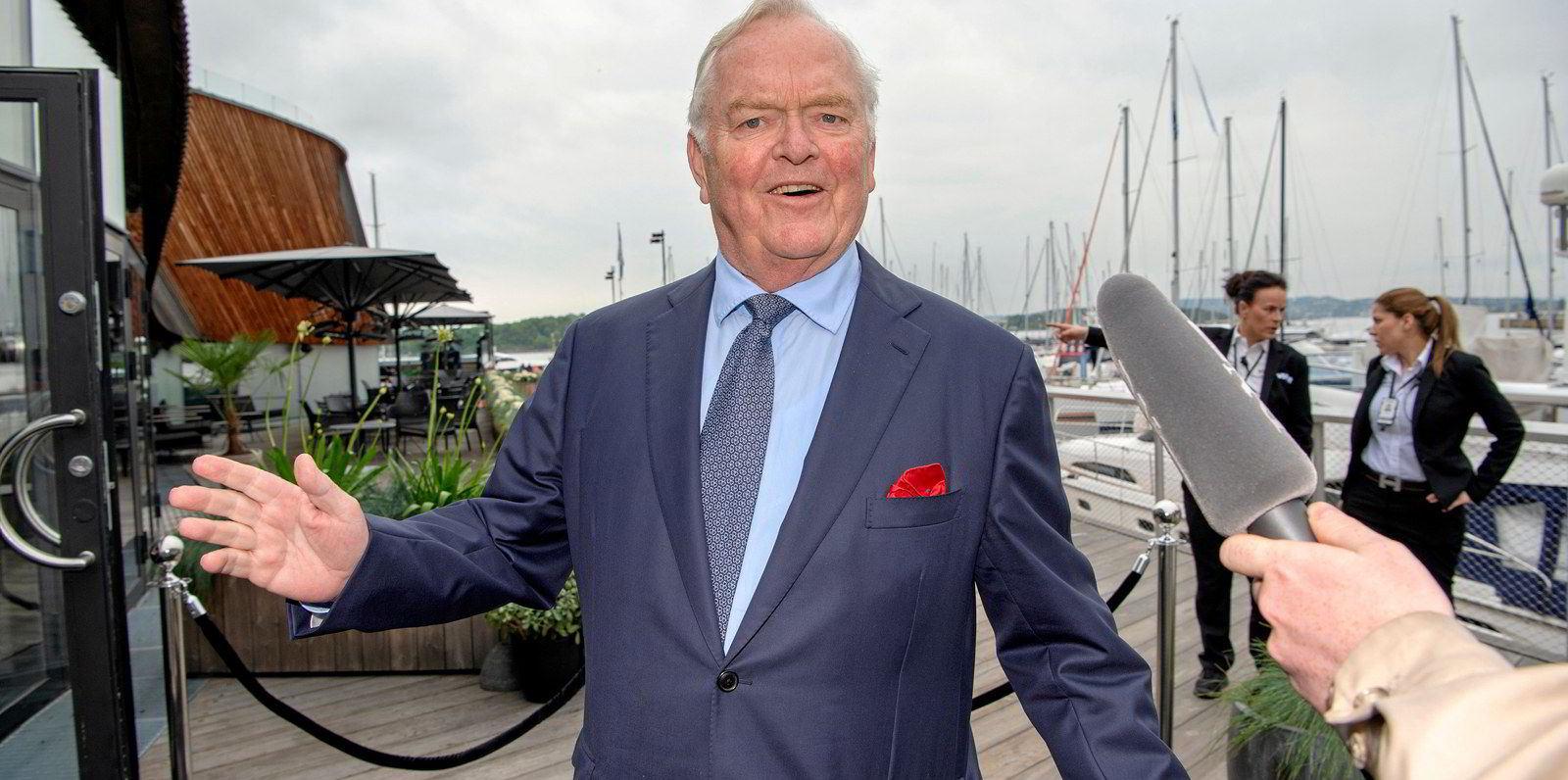Opec+’s surprise decision to cut oil production has hit the prospects of tanker companies with many US-listed owners seeing double-digit falls in their share prices on Monday.
Shares of Frontline, DHT Holdings, Teekay Tankers and Nordic American Tankers all slumped after the alliance of oil producers announced an output cut of about 1m barrels per day.
NAT was the biggest loser with shares ending the day down 12.1% to $3.48, closely followed by DHT which ended the day down 11.2% at $9.6 per share.
On Sunday, Saudi Arabia pledged to cut 500,000 barrels a day from May until the end of the year with Iraq, the UAE and Kuwait and others following suit.
Russia’s previously announced cuts of 500,000 barrels a day from March until the end of June would continue until the end of the year.
“Opec’s decision yesterday to cut an additional 1.15m bpd from May and until year-end took the market by surprise and has sent oil tanker equities down today, as one would expect,” said Gersemi Asset Management founder and chief executive Joakim Hannisdahl.
“I have decided to maintain my 40% long allocation towards the segment as the change in pricing seems to reflect the temporary withdrawal of an estimated 2.9% of tanker demand on a tonne basis and around 1.8% on a tonne-mile basis, assuming 100% compliance.
“One prominent oil analyst is expecting a high level of compliance, around 80%. My estimated impact on tanker demand can be adjusted with this compliance factor,” he added.
Hannisdahl added that he expected that Opec+’s decision will be more supportive of VLGC rates going forward.
“I expect that Asian LPG prices will rise in concert with oil prices and energy in general, while US LPG prices are less correlated and elastic towards rising oil prices,” he said.

“Thus, I expect the regional LPG pricing differential between the US and the Far East to be more supportive of VLGC spot rates going forward in the wake of Opec’s decision.”
French shipbroker BRS Group said oil and tanker markets were blindsided by Opec+’s decision on Sunday.
“Previous cuts have hit crude tankers with a ‘double whammy’ of lower demand and higher bunker expenses,” the shipbroker said.
“However, analysis suggests that this time may not be so negative due to several factors providing a partial offset.”
BRS said the reduced output was 6% of the region’s daily crude exports or the equivalent of seven fewer VLCC fixtures per fortnight.
The broker said considering the Middle East-centric nature of the cut and that VLCCs account for 85% of liftings from the region, it appears logical that VLCCs will endure the brunt of the cuts.
“Additionally, since these carriers are also the thirstiest, their TCE earnings will also be hit by higher bunker costs,” BRS said.
Still, the output curbs will be offset if Asian refiners have to source barrels from far-flung suppliers in the Atlantic Basin instead of the Middle East, where the cuts are focused, Brian Gallagher, head of investor relations at Euronav told Bloomberg.
It will serve to “trim” fleet utilization in what are “very strong markets,” he said.
Clarksons’ analyst Frode Morkedal also said that the Opec+ step is precautionary and as such may not have a lasting impact on demand for tankers if consumption picks up.
The number of new vessels being built is also low, which should support rates, he said.





